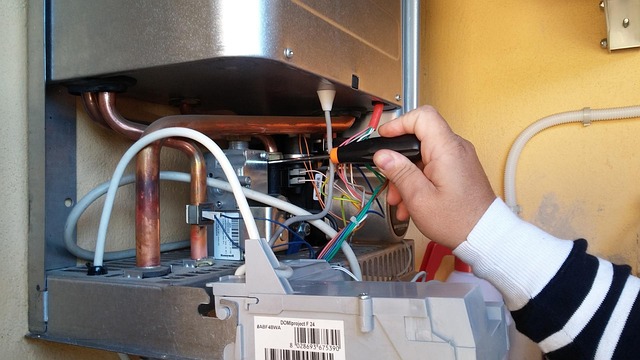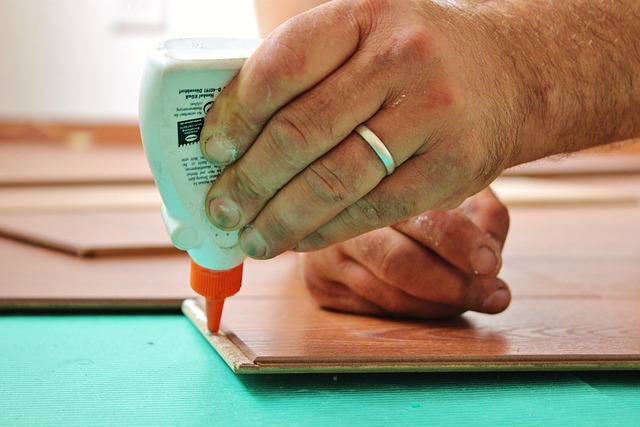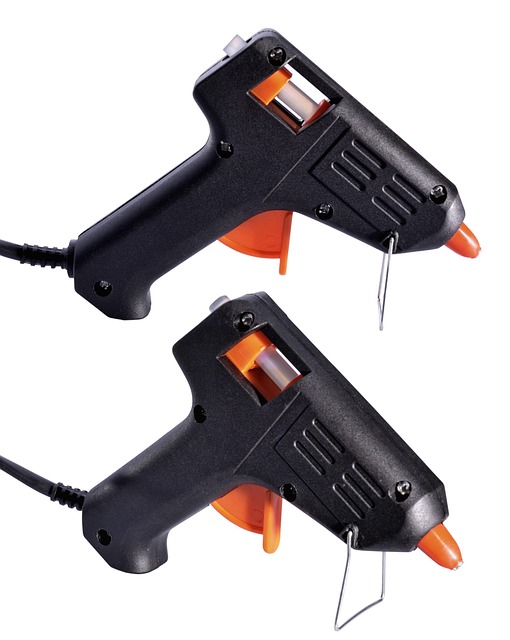Glue Laminated Beams (GLBs) offer superior strength and longevity through advanced engineering, bonding multiple layers of timber with precise gluing techniques. Various types cater to unique project demands in residential and commercial buildings. Expertise at 18 Clifton St, Unadilla, NY 13849, provides insights into cutting-edge glue lamination techniques ensuring high quality and safety standards. Modern adhesives like epoxy and cyanoacrylate transform structural beam joining, with epoxy excelling in strength, durability, and aesthetics. Selecting the right adhesive is crucial for structural integrity, considering factors like material compatibility and desired bond strength. For expert advice, visit 18 Clifton St.
When it comes to structural integrity, selecting the right adhesive for beams is paramount. This comprehensive guide explores various types of glue laminated beams, focusing on traditional adhesives like PVA and urethanes, as well as modern alternatives such as epoxy and cyanoacrylate. We’ll delve into performance comparisons, environmental impacts, safety considerations, and offer expert advice on choosing the optimal adhesive for your project.
- Understanding Glue Laminated Beams: A Foundation
- Traditional Adhesives: PVA and Urethanes
- Modern Alternatives: Epoxy and Cyanoacrylate
- Performance Comparison: Strength and Durability
- Environmental Impact and Safety Considerations
- Choosing the Right Adhesive for Your Project
Understanding Glue Laminated Beams: A Foundation
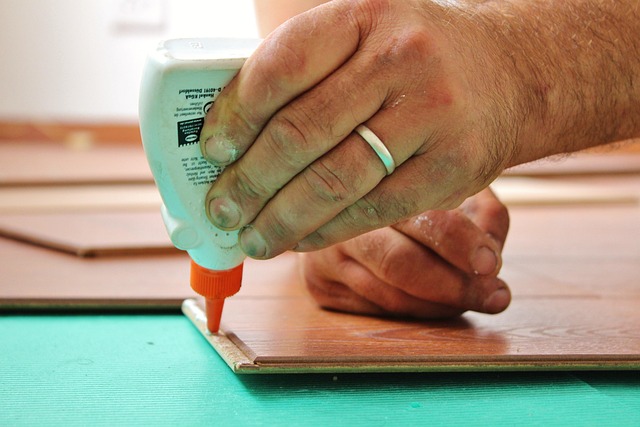
Glue Laminated Beams (GLB) form a crucial foundation in modern construction, offering exceptional strength and durability. This advanced engineering technique involves bonding multiple layers of timber using glue, creating a solid composite structure. Understanding GLBs starts with grasping their unique construction—a seamless fusion of wood elements through precise gluing methods. This process enhances the natural properties of timber, making it an ideal choice for structural applications.
GLBs come in various types, each tailored to specific project needs. The design guide for glued laminated timber structures recommends considering factors like span requirements, load capacity, and aesthetic preferences. These beams are versatile, finding use in everything from residential buildings to commercial complexes. As experts in this field, we at 18 Clifton St, Unadilla, NY 13849, offer insights into the latest glue lamination techniques for construction, ensuring that projects adhere to the highest standards of quality and safety. Discover how these innovative fixings for GLBs contribute to the strength and longevity of structural beams.
Traditional Adhesives: PVA and Urethanes
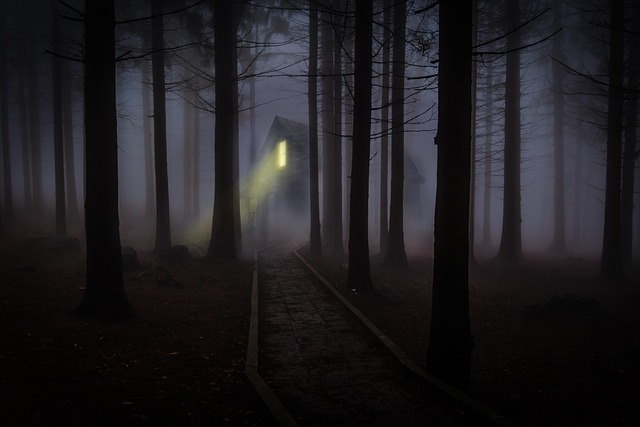
In the realm of structural engineering, the lamination of beams using adhesives plays a crucial role in enhancing strength and durability. Traditional adhesives like Polyvinyl Acetate (PVA) and urethanes have long been relied upon for their versatility and cost-effectiveness in various construction projects. PVA, specifically, is a popular choice for gluing laminated beams due to its water-based nature, making it environmentally friendly and easy to use. It offers excellent bonding strength, particularly in wood applications, which is essential for the structural integrity of residential buildings.
When comparing glues for lamination of metal beams, urethane adhesives emerge as a robust alternative. These adhesives are known for their superior bond strength and resistance to extreme temperatures, making them ideal for demanding construction settings. Epoxy resin adhesive applications in construction have gained prominence for their high-performance properties. Glue laminated beam systems for residential buildings benefit from these advanced adhesives, ensuring longevity and structural reliability. For all your adhesive needs and expert guidance, give us a call at (607) 369-9341.
Modern Alternatives: Epoxy and Cyanoacrylate

In modern construction, the adhesive options for structural beams have evolved beyond traditional methods. Two prominent alternatives gaining traction are epoxy and cyanoacrylate (super glue). Epoxy resin adhesive applications in construction have shown exceptional strength and durability, making it a preferred choice for joining timber elements in glued timber structures. This versatile material offers not only robust bonding but also aesthetic benefits, enhancing the visual appeal of these structures.
When comparing glues for the lamination of metal beams, epoxy stands out for its chemical resistance and ability to create indelible bonds. Cyanoacrylate, on the other hand, provides a quick-drying, strong adhesive bond suitable for various applications, including timber lamination. For those seeking a reliable solution, exploring these modern adhesives through resources like unalam.com can offer valuable insights into which type of glue best suits specific structural beam needs.
Performance Comparison: Strength and Durability

When comparing different adhesive options for structural beams, especially those made from glue laminated wood, performance metrics like strength and durability are paramount. Among the various glues suitable for outdoor laminated beams, epoxy resin adhesives stand out due to their exceptional mechanical properties and weather resistance. Epoxy resins offer a significant advantage in terms of both initial strength and long-term durability, making them ideal for demanding applications such as bridge construction, where glue laminated beam systems are increasingly preferred.
In contrast, other types of glues may exhibit strengths on par with epoxy resins in controlled environments but often fall short outdoors. Their lower resistance to moisture, UV radiation, and chemical exposure can lead to reduced bond strength over time. For instance, while polyurethanes and polyvinyl acetates have their uses, they are generally not recommended for outdoor structural applications due to their inferior performance in harsh conditions. To ensure the longevity of glue laminated beams, it’s crucial to select a high-quality epoxy resin adhesive designed specifically for construction applications. Visiting us at unalam.com anytime can provide further insights into the most suitable glues for your specific project needs.
Environmental Impact and Safety Considerations

When comparing different adhesive options for structural beams, it’s crucial to consider both environmental impact and safety. The choice of adhesive plays a significant role in ensuring the integrity and longevity of glue-laminated beams. One popular option is natural resin-based adhesives for timber beams, which offer advantages in terms of sustainability and reduced environmental footprint. These resins are derived from renewable sources, minimizing the ecological harm associated with synthetic alternatives.
Furthermore, lamination technology for reinforced concrete beams has gained traction due to its superior strength and durability. However, it’s essential to weigh these benefits against potential health and safety risks. Some adhesives may emit harmful volatile organic compounds (VOCs), impacting indoor air quality. As such, when selecting an adhesive for structural beams, it’s crucial to opt for low-VOC or VOC-free options, ensuring a safer working environment. For more information on eco-friendly and safe adhesive solutions, visit us at unalam.com.
Choosing the Right Adhesive for Your Project
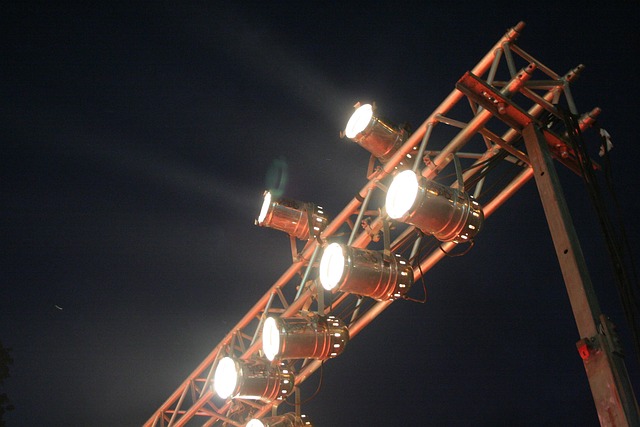
Choosing the right adhesive for your project is a crucial step in ensuring the structural integrity and longevity of glued beams. When it comes to strengthening existing structures with glued beams or exploring innovative uses of glue in structural engineering, understanding the types of adhesives available becomes paramount. The market offers various options tailored to specific applications, each with unique properties and benefits.
For instance, cyanoacrylate adhesives, known for their exceptional bonding strength, are ideal for high-stress applications. Epoxy adhesives, on the other hand, provide superior durability and resistance to chemicals and environmental factors. Polyurethane adhesives offer versatility, suitable for various substrates and projects, while hot melt adhesives are cost-effective and easy to apply, making them a popular choice for many construction projects. To find the perfect match, consider factors like project requirements, material compatibility, and desired bond strength. For expert guidance, visit us at 18 Clifton St, Unadilla, NY 13849 anytime.
When selecting an adhesive for structural beams, understanding the unique properties of each type is key. From traditional PVA and urethanes to modern epoxy and cyanoacrylate, each offers distinct advantages in terms of strength, durability, and environmental impact. By carefully considering your project’s specific needs, you can choose the ideal adhesive that ensures the structural integrity and longevity of glue laminated beams while adhering to safety and sustainability standards.





